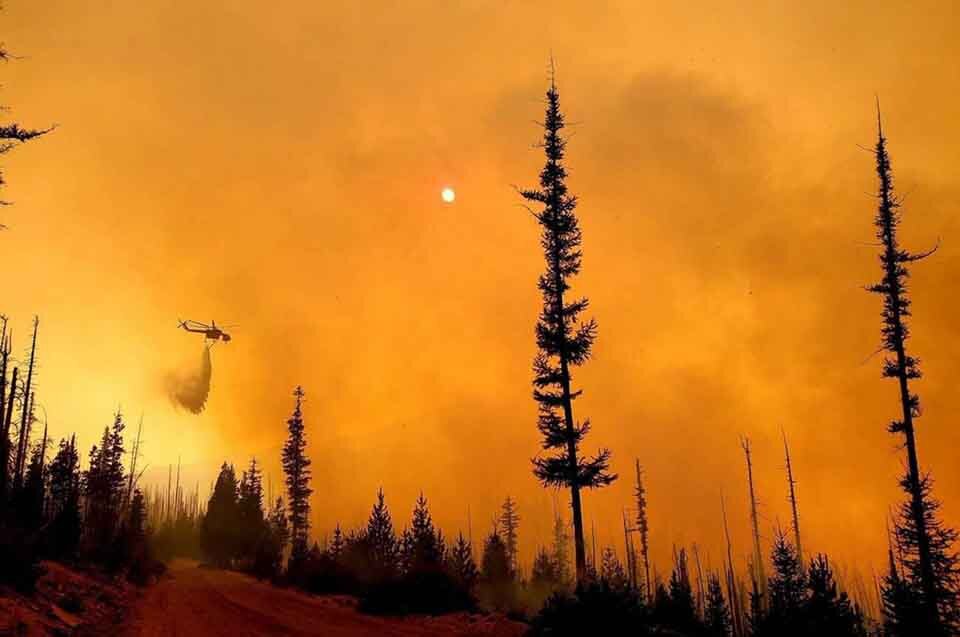More People Die in Oregon from Wildfire Smoke Than Nearly Anywhere Else in The Country

More people die in Oregon, California, and Washington than anywhere else in the U.S. from inhaling particulate matter carried in wildfire smoke, with annual death rates between 130 and 5,100 according to a study published in the journal Communications Earth and Environment.
Climate Change is an Accelerant to Wildfires
Climate change is acting as an accelerant to wildfires, causing about 15,000 deaths nationwide over 15 years, between 2006 and 2020, according to the researchers, with a cumulative economic cost of $160 billion.
They say that Oregon, California, and Washington suffered the highest impacts, and project an escalation in death rates in future years.
Rising wildfire intensity is predicted by climate models, highlighting how shifts in climate, such as earlier snow melt, stronger heatwaves, and higher vapor pressure, are already fueling faster-moving fires and more extreme wildfire events.
Researchers say climate change is deteriorating air quality in many areas of the country, and that the environmental and economic damage caused by wildfires on ecosystems and human communities is likely to keep expanding as the planet becomes hotter and extreme weather events happen more often.
It Has Become Hotter and Drier in the Western Sector of the Country
In the western sector of the country, the climate has become warmer and drier. Dry air extracts the moisture from plants, known as vapor pressure deficit, or VPD.
This makes vegetation more flammable and has led to larger wildfire burns. Scientists have linked these changes to human-caused climate change, and this is the likely explanation why wildfire damage has doubled.
Oregon, California, Washington, Idaho, and Montana have the highest smoke concentrations, where 25% to 60% of particulate matter is attributed to climate change. These western states had the highest wildfire-related mortality rates and incurred the most economic costs.
The study estimates 3,500 to 28,000 wildfire particulate matter attributable deaths per year between 2006 and 2020, with the largest number occurring in 2020.
Researchers found the annual average wildfire mortality rate was 5.14 deaths per 100,000 population between 2006 and 2020, with an estimated annual economic burden of between $31 billion and $325 billion.
The study is the first to quantify the annual time-varying impact of climate change on historical wildfire particulate matter mortality on a state and county level across the contiguous U.S.
Researchers show that 15,000 of 164,000 wildfire particulate-related deaths from 2006 to 2020 are solely attributable to climate change, underscoring the need to reduce greenhouse gas emissions.
